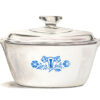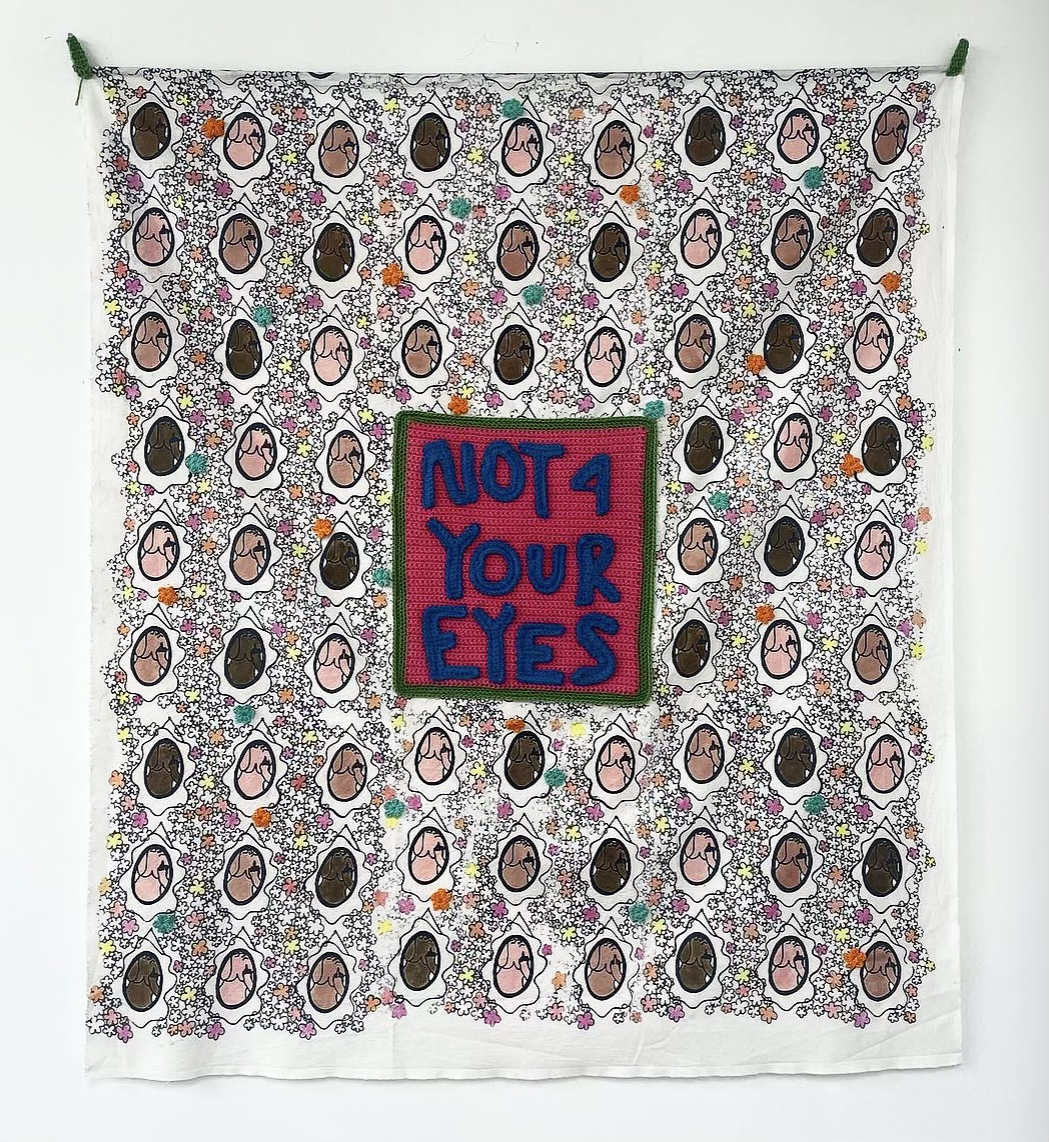ARTIST STATEMENT
The inspiration for Doyle’s focus on the female body and employment of saturated color throughout her work comes in part from Henri Matisse’s canonical Le bonheur de Vivre (Joy of Life) (1905-06), a vibrantly colored, large-scale landscape populated by female nudes both at rest and in motion. Doyle’s detachment from her own body—something experienced by many with female bodies due to a host of gender-inflicted violations and violence—figures as the other source material for this specific focus in her work.
ABOUT THE ARTIST
Grace Doyle’s textile work, which forms a substantial portion of her artistic practice, can be traced back to her childhood spent knitting and sewing alongside her grandmother. Her specific exploration of crochet unfurled at the pandemic’s beginnings; Doyle was drawn to the medium’s meditative process, one which required no thinking, just doing. Experimenting in different stitches, textures, weights, and colors, Doyle’s work speaks to the rich, shape-shifting capacity of textiles, both in form and function. Doyle’s artistic practice also encompasses screen printing, oil painting, embroidery, and garment construction; she aspires to stitch these mediums together as her career progresses.
Doyle’s focus on the female body throughout her work started as a way to reconnect with her own. The manifestation of this thematic focus in her textile creations is particularly impactful. Textile art, as touch-centric language, has a unique capacity to transform larger, seemingly intangible concepts—such as detachment from one’s body—into something immediate and intimate, which artist and viewer alike can physically feel (or at least, imagine doing so). Doyle’s artistic practice, like that of other textile artists whose subject matter centers on the female body or other socio-political content, therefore subverts the categorization of textile art as somehow apolitical and lesser, because of its historic categorization as “women’s work.”
© Sara Drescher



